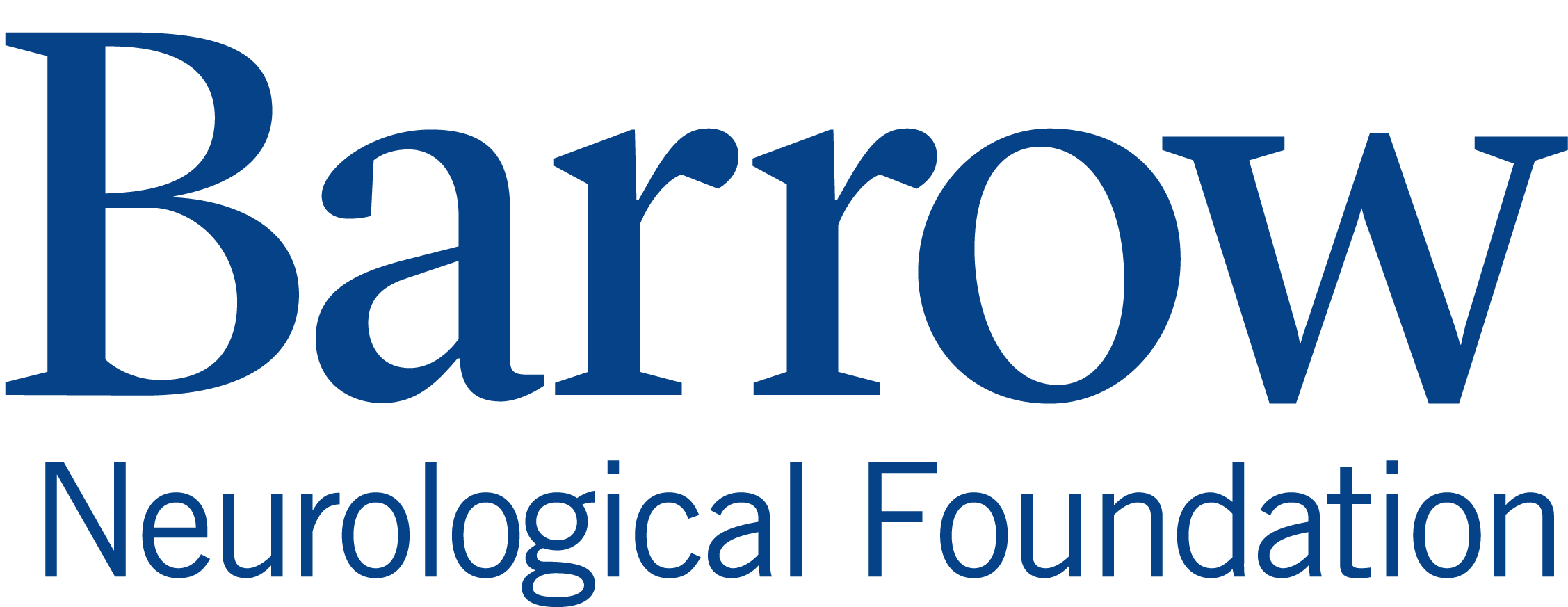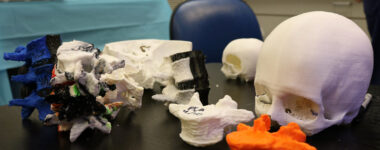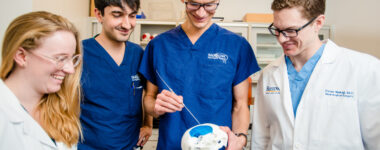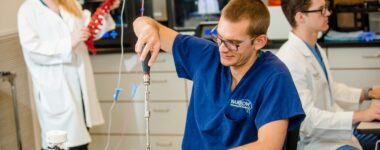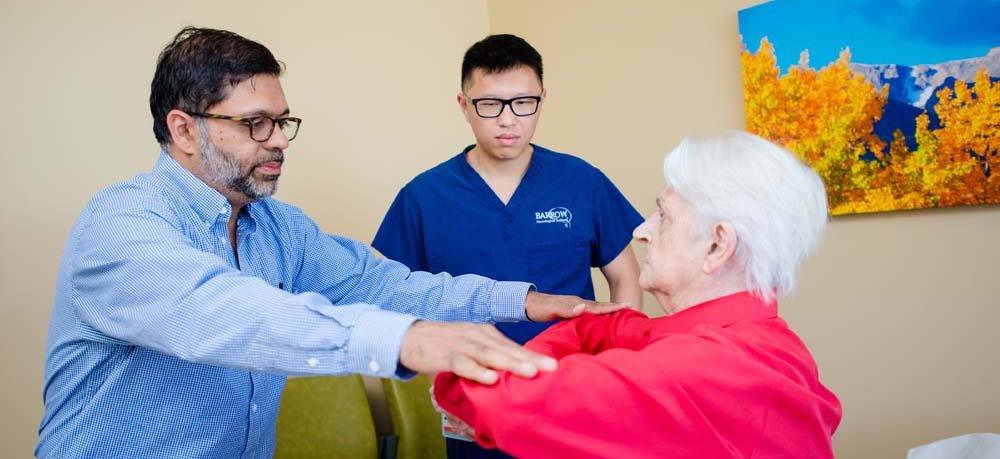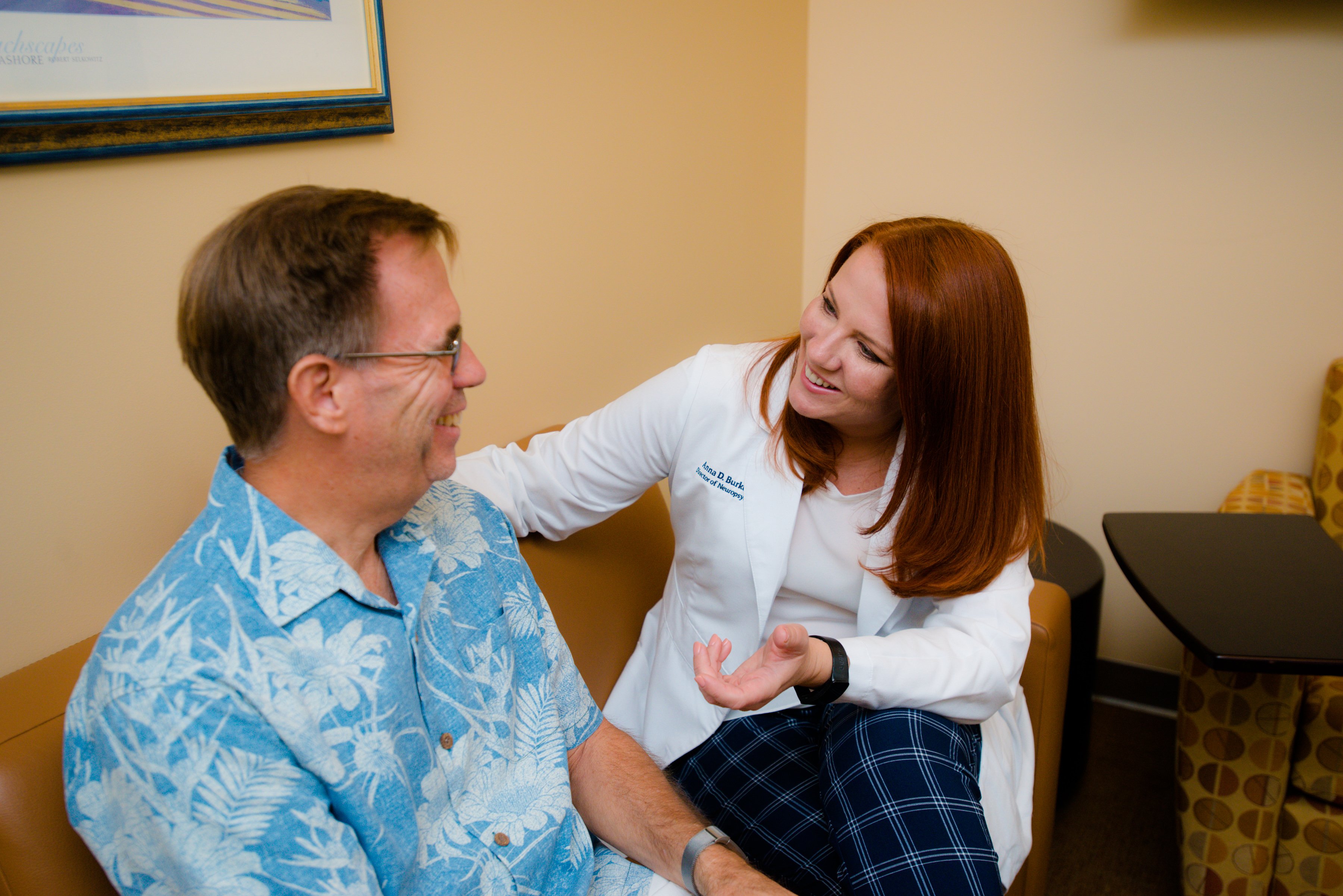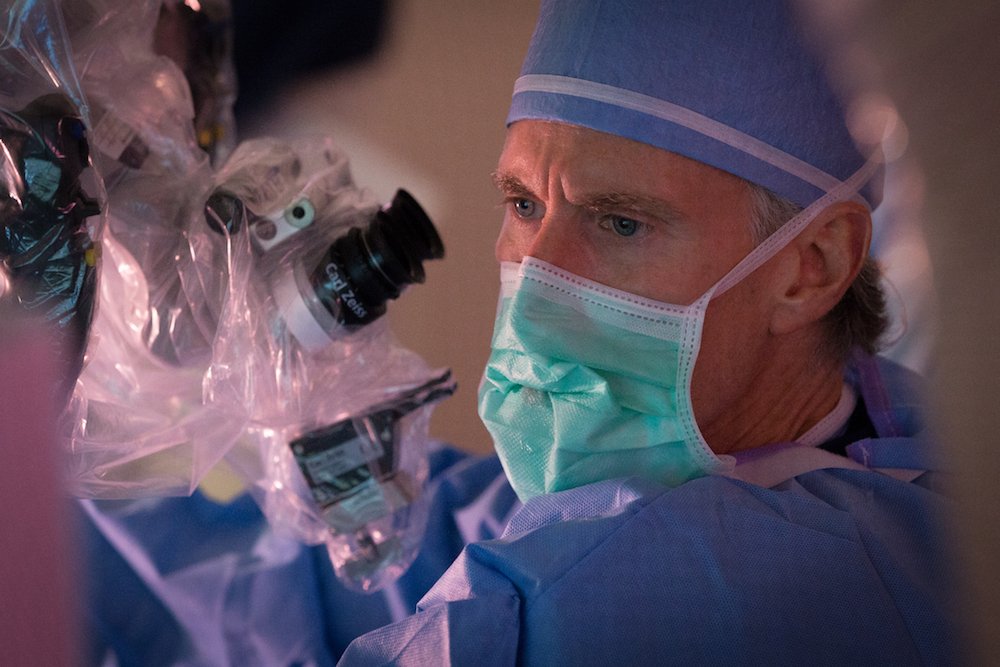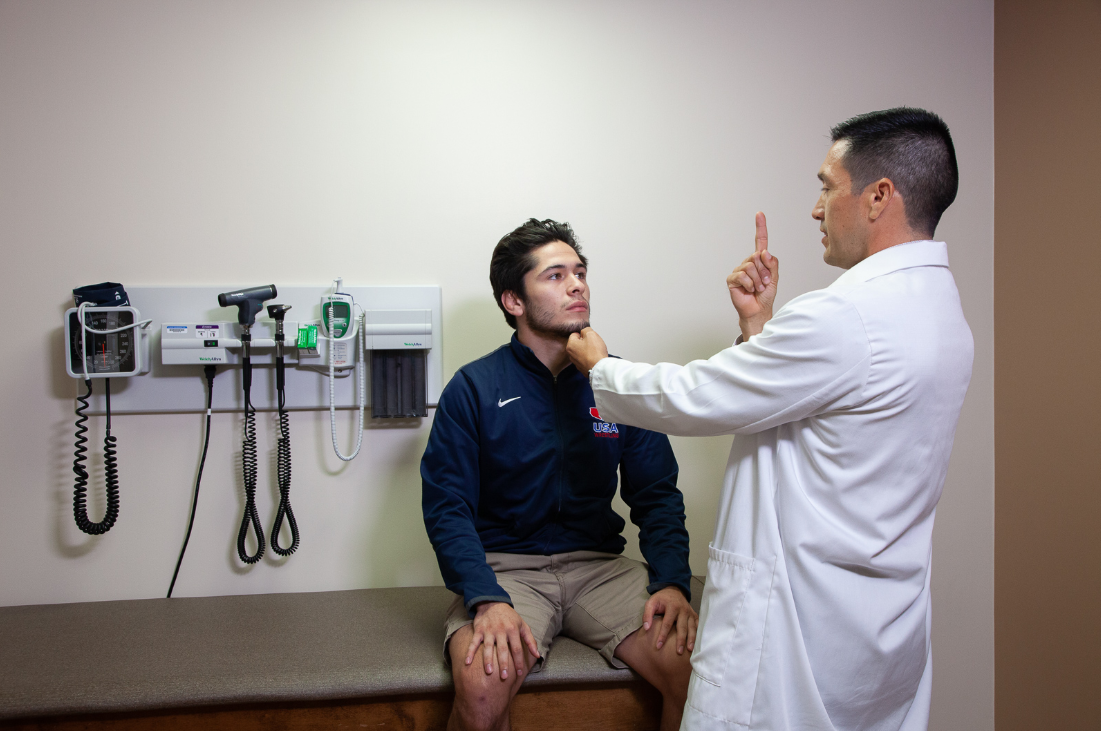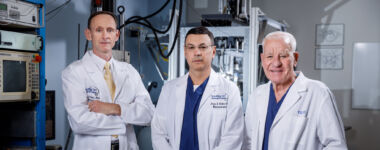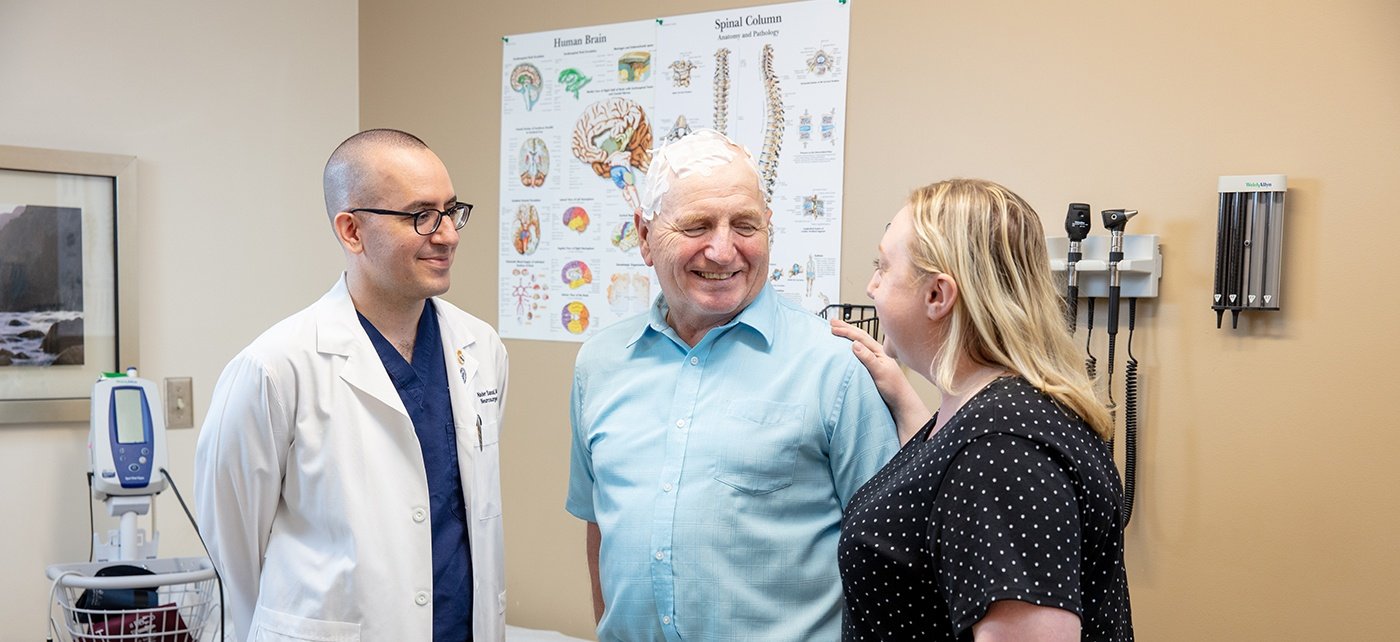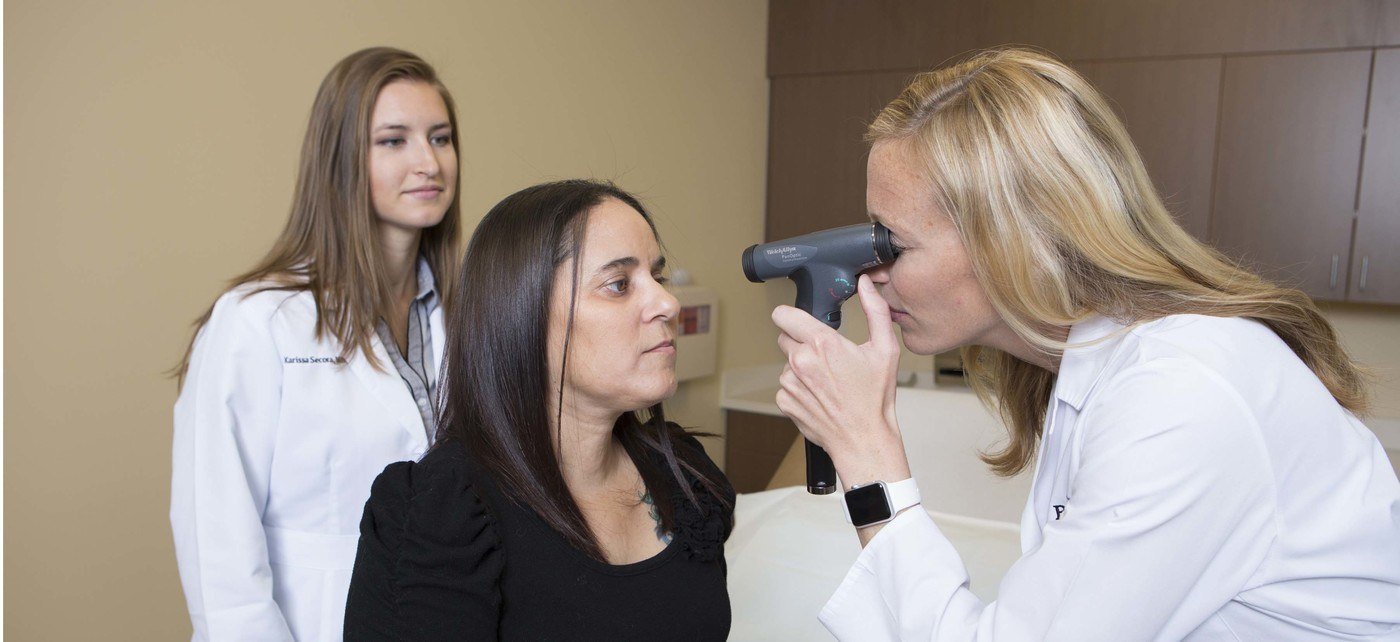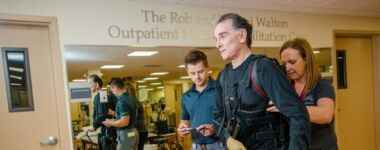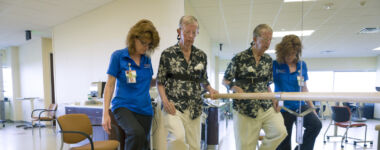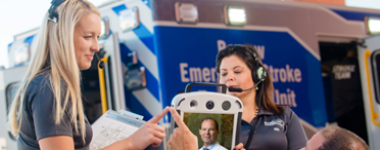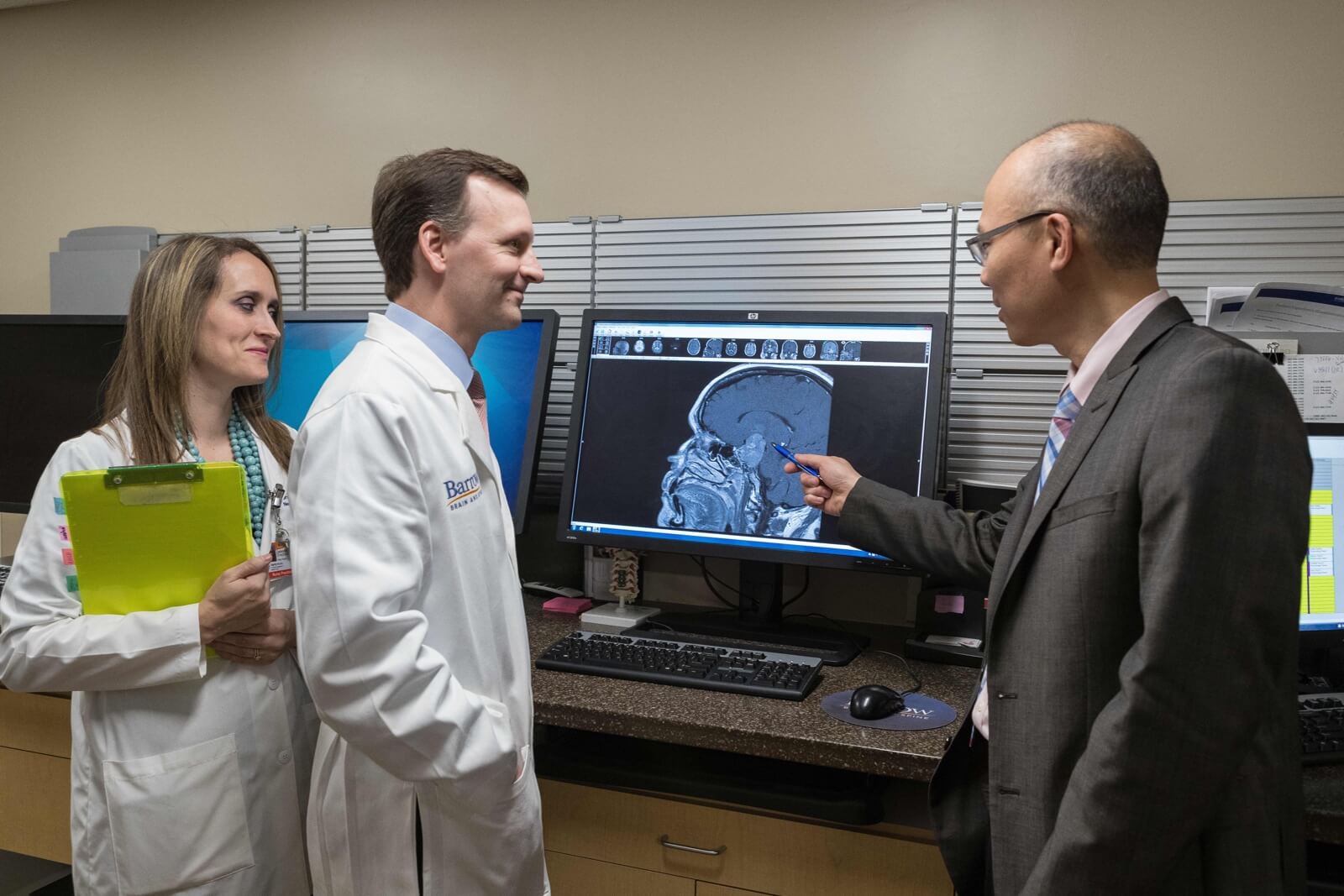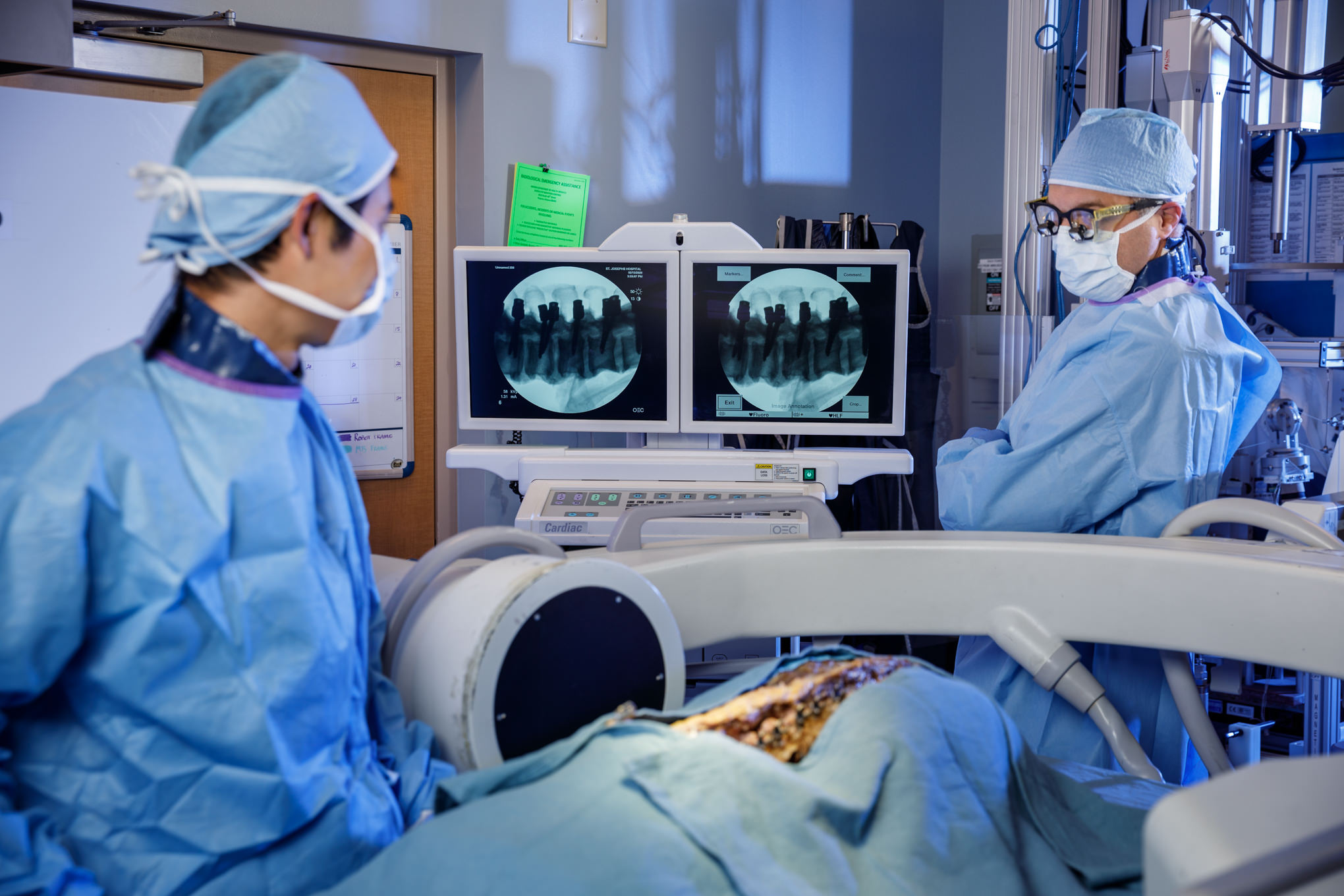
Thurston Innovation Center
Support the next generation of neurosurgical innovators at Barrow.
Donate to Resident-Led Medical Innovation
Medical innovation is the application of scientific knowledge and problem-solving for the betterment of the human condition. We can trace every great advancement in the field of neurosurgery to a novel surgical procedure or technology that challenged existing standards of care.
Neurosurgery residents at Barrow envisioned a program that provided all the necessary equipment, personnel, and information required to bring their ideas from theoretical concepts to functional devices implemented in a clinical setting. These residents organically created the Thurston Innovation Center in 2015, an embodiment of our commitment to these goals and ideals.
Thurston Innovation Center

Transforming Patient Care Through Innovation
The Thurston Innovation Center’s core mission is to continue advancing education innovation and the field of neurosurgery by providing the future surgeon-scientists with the skills, knowledge, and opportunity needed to revolutionize the field.
The Center comprises a rapid prototyping laboratory with 3D printers and several collaborative partnerships between neurosurgery residents, patent law students, and biomedical engineering students.

Medical Innovation Making a Global Impact
The Thurston Innovation Center addressed an unmet neurosurgical training need for developing countries when it sent 20 custom, 3D-printed skull models to Peru for a course on neurosurgical anatomy led by Barrow. As with most of Latin America, Peru does not have access to human cadavers for surgical simulation. Thus, the use of anatomically accurate 3D-printed models is a truly novel development that has the potential to steer the course of neurosurgical training in Latin America.

Innovative Resident Training Program
The Thurston Innovation Center is educating the next generation of inventors by eliminating barriers to the development of disruptive, new health care technologies. The potential for groundbreaking technologies is enormous, and it is a natural place for Barrow to lead.
“A lot of medicine focuses on biology and pharmaceuticals,” says Michael Lawton, MD, Barrow’s president and CEO. “This would be more focused on technology and devices.”

Engineering PPE During COVID-19
Across America and around the world, as shortages of personal protective equipment (PPE) imperiled the safety of doctors and nurses fighting COVID-19, the Thurston Innovation Center responded by engineering new N95 substitute masks, face shields, general surgical masks and other PPE devices, through the use of 3D printing!
3D Printing
Watch how a 3D printer prints a skull model.
The 3D printed skulls and spines are cheaper than traditional cadaver spines, have less variability and eliminate the need to handle human tissue. The skull and spine models are used to plan for surgeries, offering greater precision, less risk and a personalized surgery. In something as complex as a scoliosis surgery, as shown in the images below, being able to plan the surgery ahead of time is critical to success.
Resident-Led Projects
Neurosurgical Cranial Models
Residents are collaborating with the Neuro-Publications department to develop a neurosurgical training model that pushes the limits of anatomical accuracy by combining multiple manufacturing methods and techniques.
Medication Extraction Device
This device was designed and manufactured to protect nurses from needle sticks in the Neuro-ICU while administering medication.
Neurostimulator Device for Assessment of Consciousness
The Neurostimulator Device is being developed to improve the reliability of life-saving consciousness assessments while simultaneously reducing trauma to every patient in the Neuro-ICU.
Shunt Flow Detector
Current methods of determining shunt failure are either inaccessible or invasive. This device will allow any hospital with access to an ultrasound system to detect shunt failure non-invasively and at low cost.

Your Donations at Work
At Barrow Neurological Foundation, your donation is crucial in supporting three key areas: advanced patient care, curative research, and education for the next generation of neuroscientists. Learn more about how your donation impacts each of the areas we treat.
